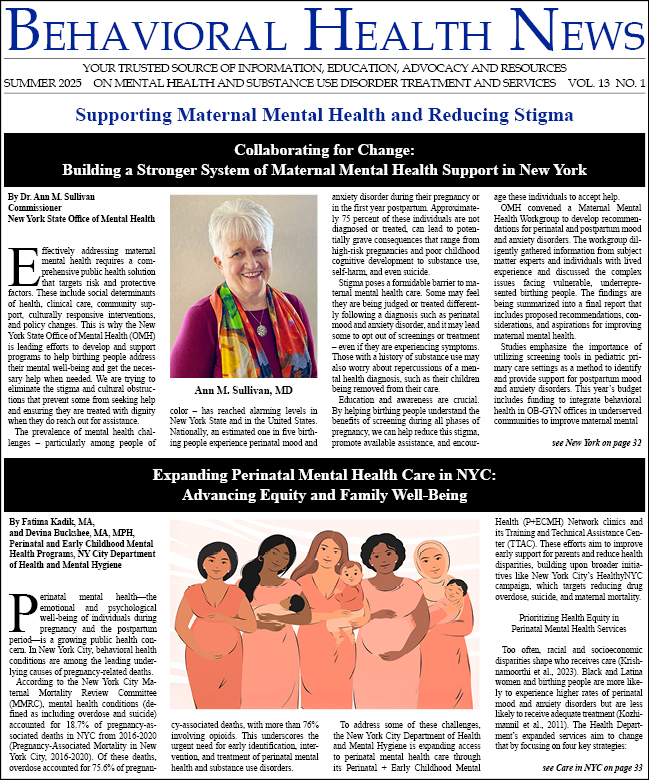-
Integrating Health and Behavioral Health: Consider All the Dimensions
A discussion of integrated care should actually start by redefining the term itself. Integrated care is commonly considered the weaving together of physical and behavioral health, but experience has shown that this definition limits the discussion to two dimensions. What dimension is missing? What...
-
Integrating Peers within Behavioral Health Programs
The implementation of peer support professionals throughout the behavioral health field has proven to be a valuable resource for clients, patients, and service providers across the continuum (SAMHSA, Value of Peers, 2017). Whether it be in an outpatient clinic, emergency room, or community setting,...
-
Integrating Pharmacy Services to Improve Clinical Outcomes
In New York State, one in five residents experience symptoms of mental illness each year. Half of those individuals live with mental illness serious enough to affect their ability to get an education, hold down a job and form relationships, according to the state Department of Health. Many are...
-
Integrating Primary Care into Assertive Community Treatment
The great health disparities and poor health outcomes experienced by people with serious mental illness are even more significant for the people served by Assertive Community Treatment (ACT) teams. Individuals are eligible for ACT services if they have been hospitalized more than four times in the...
-
Integration: A History of Promise
The healthcare system is moving towards integration. However, the passageways for integrating behavioral health with primary care are not so simple or straightforward. Whether one pursues full integration, colocation, or a digitally advanced referral network, providers and health plans are seeking...
-
Integration: Some Progress and a Need for More
Every contact with a medical provider is an opportunity to help someone address their addiction. And so, it is important for everyone who works in a healthcare setting to recognize addiction, understand the neurobiology, know the standard treatments and be familiar with the resources available...
-
Peer Workforce Integration in Integrated Healthcare
Advancing workforce integration is a key objective for NYC Peer and Community Health Worker Workforce Consortium. The NYC Peer and Community Health Worker Workforce Consortium at the NYC Department of Health and Mental Hygiene strengthens understanding about the Peer/Community Health Worker (CHW)...
-
Project TEACH Integrates Behavioral Health Care into Primary Care for Children and New Mothers
Parents seeking help or information about their child’s emotional or behavioral health often turn first to their pediatrician or their primary care provider (PCP). Unfortunately, family practice doctors often do not have the training needed to make decisions for children with mental health needs,...
-
Put Mental Health into “Healthy Aging”
In June 2019 the NYC Department of Health and Mental Hygiene (DOHMH) issued a report on the health of older adults5. That’s good news since it reflects serious recognition of the aging of the population of New York City and of the need for the field of public health to pay greater attention to...
-
Reducing Access Barriers through Collaborative Care
Poor access to behavioral health services remains a significant barrier to care for clients within our current healthcare landscape in the United States. According to Mental Health America, one out of every five American adults with a mental health condition, or about nine million adults, struggles...






